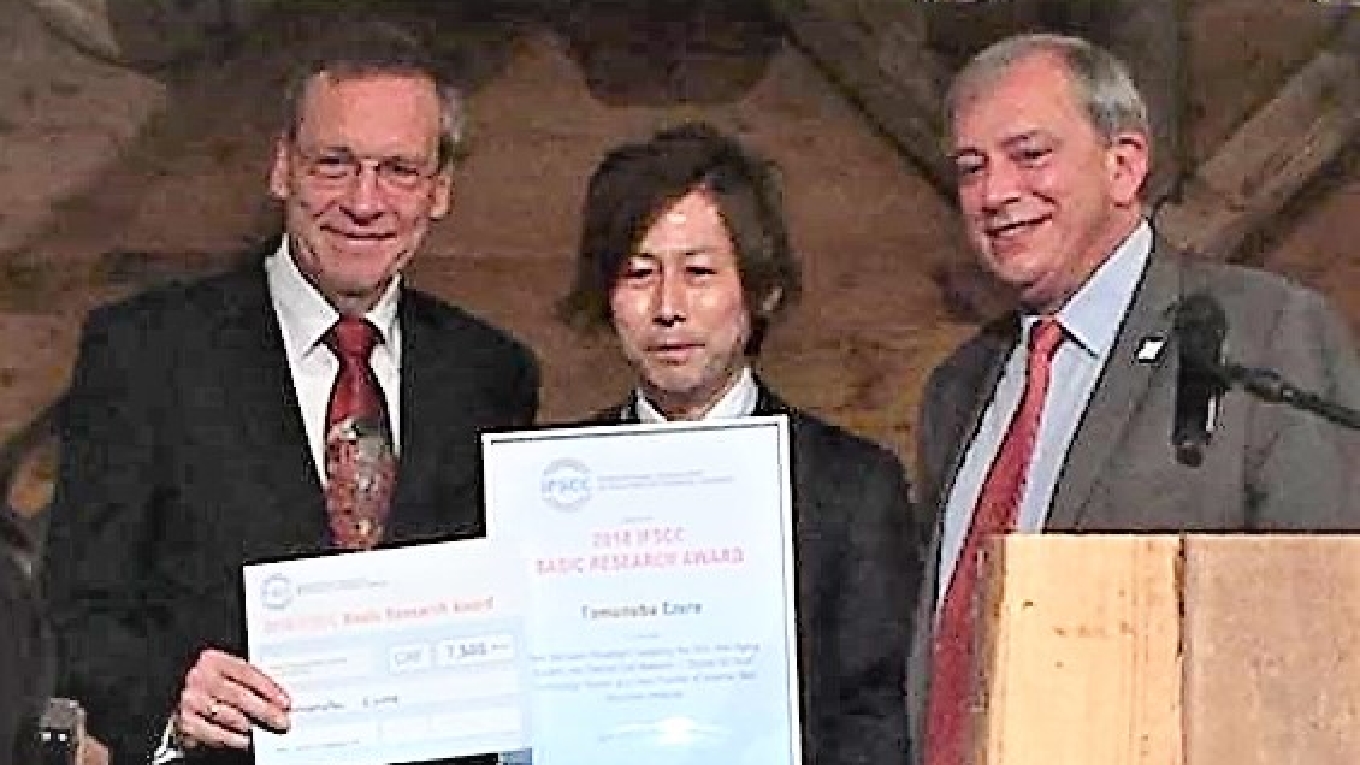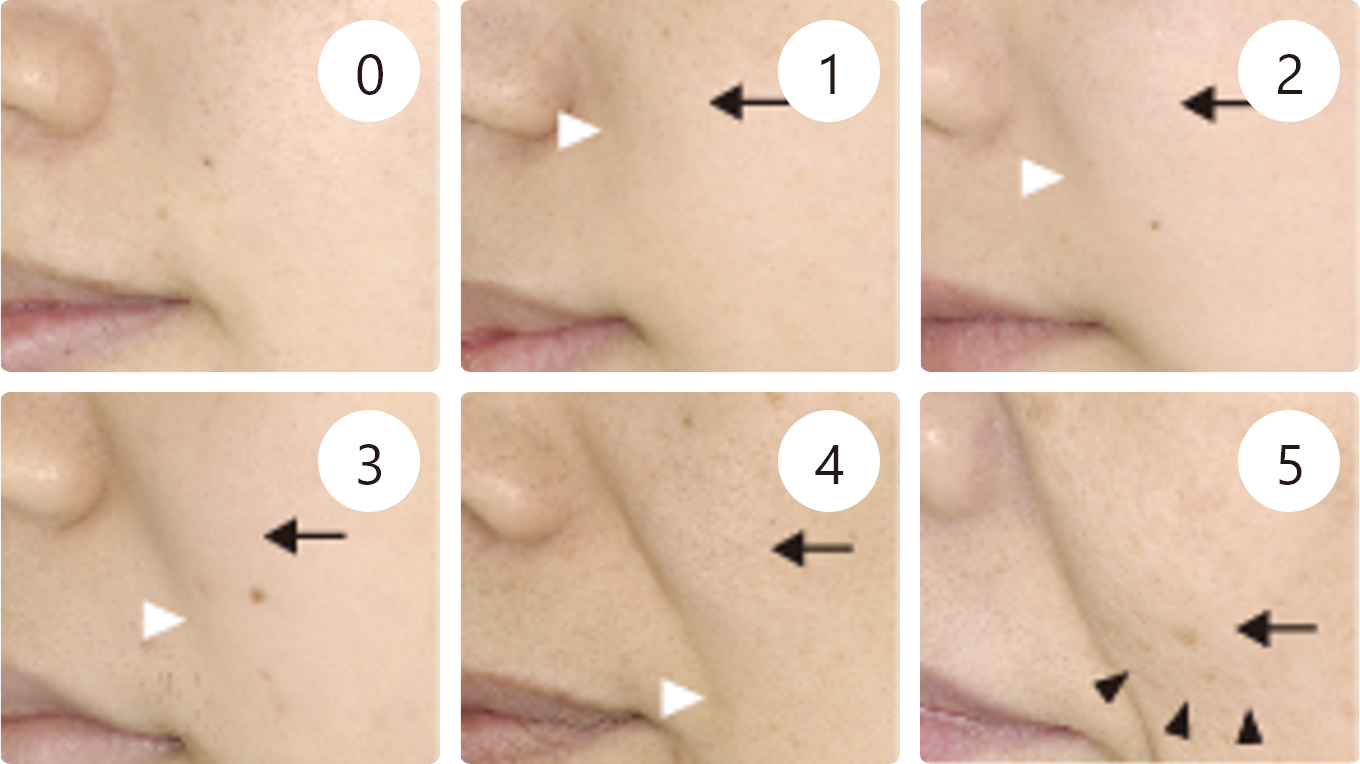





Presentation of a Congress Award at the 30th IFSCC Congress (IFSCC 2018), with Fellow Tomonobu Ezure standing in the center
Through nearly a quarter century of dedicated research, Fellow Ezure and his team have developed cutting edge analytical techniques, elucidated the details and causal factors behind the sagging phenomenon, and identified four main causes of sagging. These research results have garnered high praise in academic circles and earned top awards from the IFSCC four consecutive times.

Fellow
Tomonobu Ezure
Concerns about skin sagging are common, and for many years there was no effective method of improvement available. As a researcher in the cosmetics field, I wanted to do something about this, and embarked on my research with this goal in mind.
When we started out, there was not much fundamental knowledge available on what exactly defined skin “sagging,” how to measure it, and so forth, meaning we had figure things out as we went along. By overcoming these challenges one by one and laying the foundations for sagging research, while also developing skin-analysis technologies that make use of artificial intelligence, we were able to uncover the root causes behind sagging skin.
Refusing to be satisfied with these results alone, we remain focused on our original goal and diligently continue our efforts in order to help people who struggle with this skin issue.

Source: Ezure, Tomonobu. Kao no Roka no Mekanizumu (“Facial Aging Mechanisms”). Nikkan Kogyo Shimbun.
When we embarked on our research, only vague definitions and assessment methods were available for sagging. So Shiseido’s research team began measuring the faces of various people in order to build, from the ground up, a useful definition and assessment methods for sagging (see above images).
Through these endeavors, we identified various types of facial aging that are caused by sagging. Furthermore, we discovered that sagging can start in a person’s twenties and continue unnoticed over the years. It was one new discovery after the next.